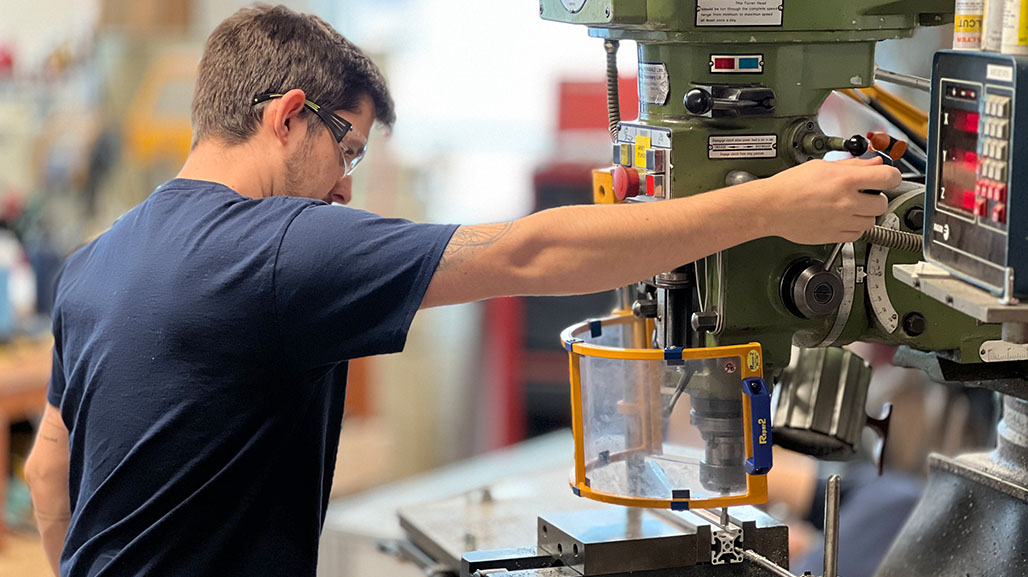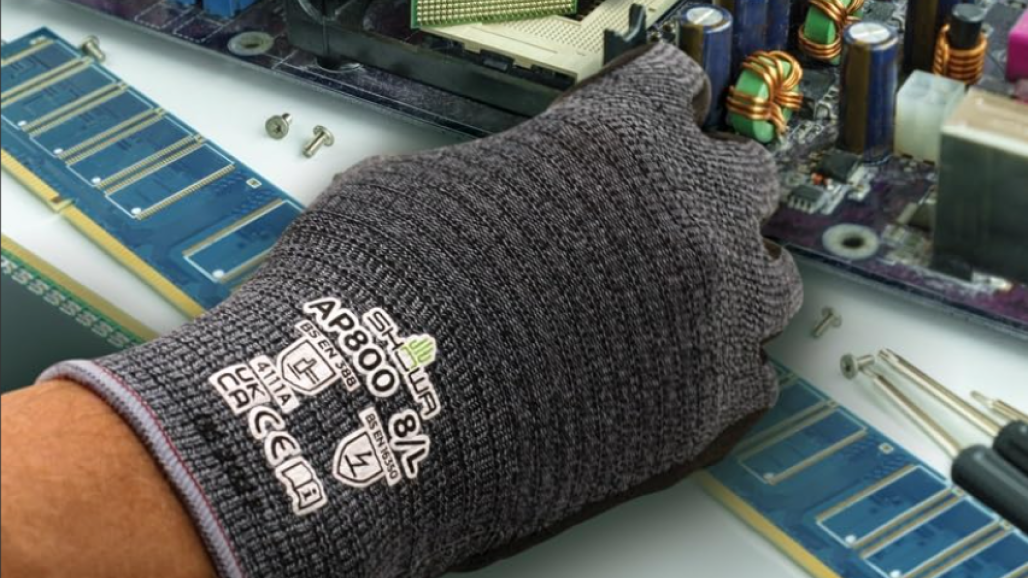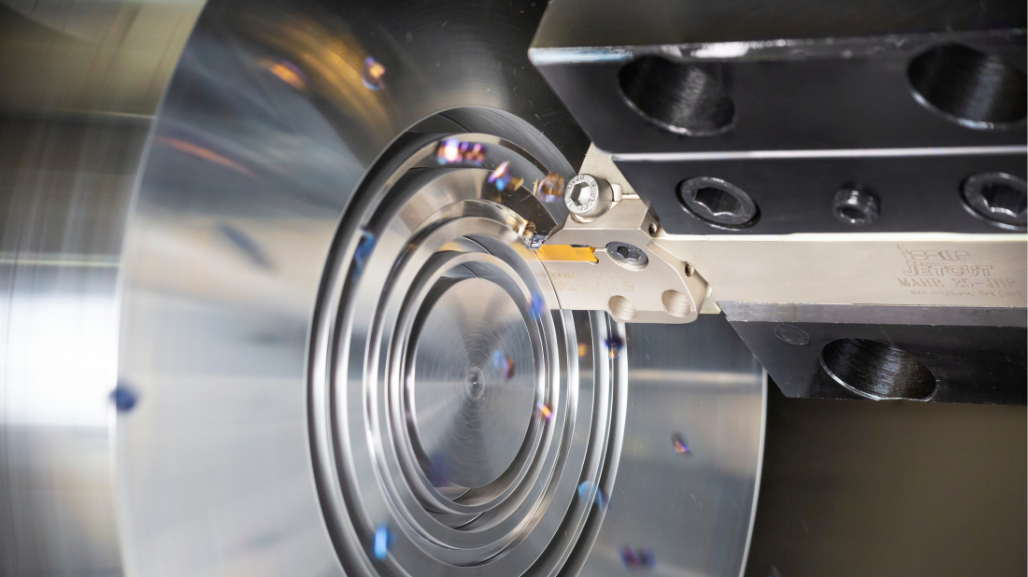
Cold-Weather Safety Tips: Keep Workers Warm with New Innovations
Cold stress is a year-round reality for many workers. We spoke to experts at PIP for a look at innovations and best practices in cold-weather wear for industrial applications.
Discover expert insights, industry trends, how-tos, and product tips to boost efficiency, cut costs, and improve operations - all in one place.












